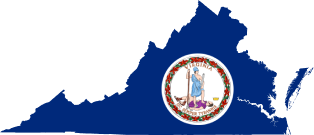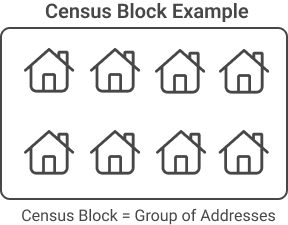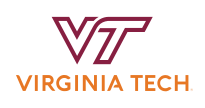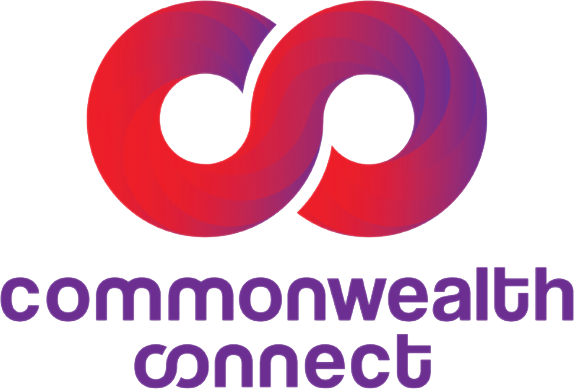Compare both Virginia and FCC’s address-level broadband coverage maps!

Virginia Collection Method

FCC Collection Method
The Commonwealth of Virginia maintains a publicly available address database that is updated frequently by Geospatial Information Systems (GIS) experts throughout the Commonwealth. Not every state has this information, therefore the FCC has generated a nationwide Fabric database for all broadband serviceable locations. The FCC Fabric is location based, which differs from Virginia’s address based data.
Virginia Geographic Information Network
Virginia Only
Addresses are updated every 3 months
Challenge process coming in 2023
Source
Availability
Location
Updated
Accuracy
Proprietary fabric address data
Not Publicly Available
Nationwide
Unknown
Challenge process active
All broadband information on Commonwealth Connection are displayed by Census Blocks instead of individual addresses to protect anonymity of residents and providers.
Census blocks are defined as “statistical areas bounded by visible features, such as streets, roads, streams, and
railroad tracks, and by nonvisible boundaries, such as selected property lines and city, township, school
district, and county limits and short line-of-sight extensions of streets and roads.”
- US Census Bureau

In 2015, FCC stated that the minimum speed for Broadband should be 100 mbps download and 20 mbps upload.
Anything slower than the definition of Broadband are excluded from Commonwealth Connection.

| Fiber | Fastest and most reliable. Download and upload speeds are typically the same (synchronous). Despite being the least available for customers, fiber is expanding quick! |
| Cable | Widely available and most popular. Can be quite cheap when bundled with other services from the same provider. |
| Mobile | Growing quickly! Some mobile devices are seeing faster speeds than their home internet speeds. Some providers offer an at-home mobile connection. |
| Fixed Wireless | Another fast growing connection that is popular with customers that do not have easy access to fiber or cable connections. Speeds vary greatly by providers. |
| DSL | Utilizing phone lines, it is the most widely available broadband wireline connections. |
| Satellite | Satellite is available for anyone with a south view of the sky; however, satellite internet has too long of a delay (or latency) between data packets to travel across the network. Due to the high latency of satellite internet, it will not be shown on Commonwealth Connection. |
Our Speed Test tool is a great way to see how fast your current internet speed is and may help discover connectivity issues.
Speed tests are measured from the device used at your current location.
To test at a certain address, you will have to run the test from that location.
Peak hours can be slower (Cable only)
Network signal strength (Cellular only)
Your internet speed package
Your local WiFi signal strength
Equipment and devices
Building construction
List of Internet Service Providers in Your Census Block
- See the most current up to date provider submitted information
- Compare submitted information sent to Virginia vs. FCC
Visualize the Statistics on Your Districts
- Compare submitted information sent to Virginia vs. FCC
- See rankings of each district for broadband access
Percentages of Virginians with Broadband Access
- Compare entire blocks and break down by rural/urban percentages
For a list of various broadband funding programs in Virginia, go to
www.dhcd.virginia.gov/broadband
Commonwealth Connection provides access to view publicly available Wi-Fi hotspots with the information to get you online.
Vertical Assets serves as a repository of location information for tall structures that have the potential to serve as wireless transmission sites.
Programs to Expand Broadband Access
The Virginia Telecommunication Initiative (VATI) extends broadband service to currently unserved areas. VATI prepares communities to build, utilize, and capitalize on telecommunications infrastructure with the goal of creating strong, competitive communities.
Community Anchor Institutions (CAI) consist of schools, government buildings, libraries, hospitals, colleges/universities, public safety, and other community organizations that assist vulnerable populations such as low-income, unemployed, and the elderly to get broadband access. One example is a library with free to use computers with broadband access.




